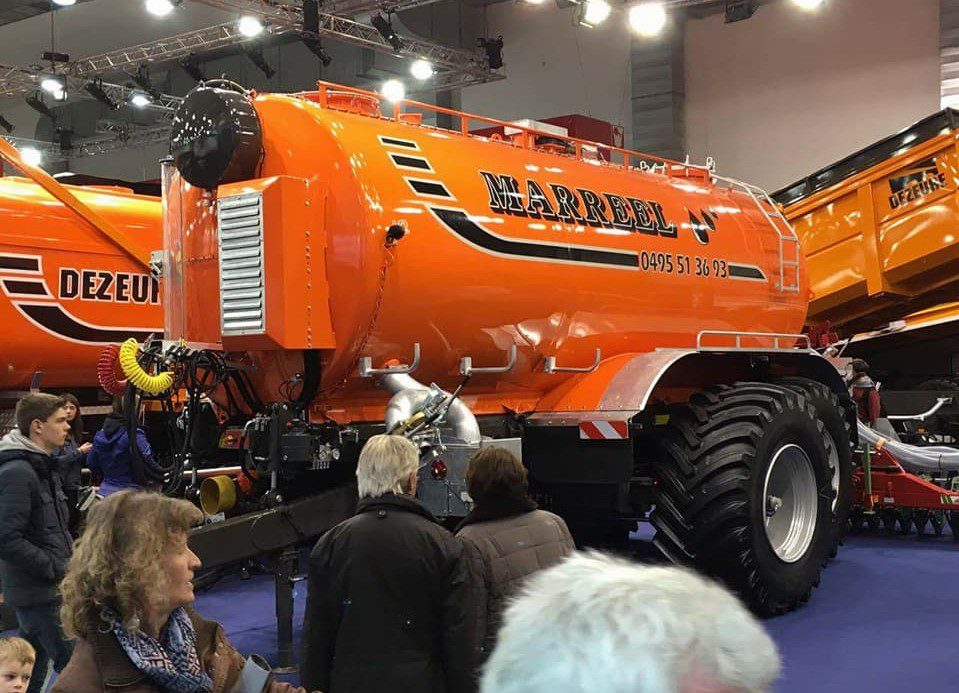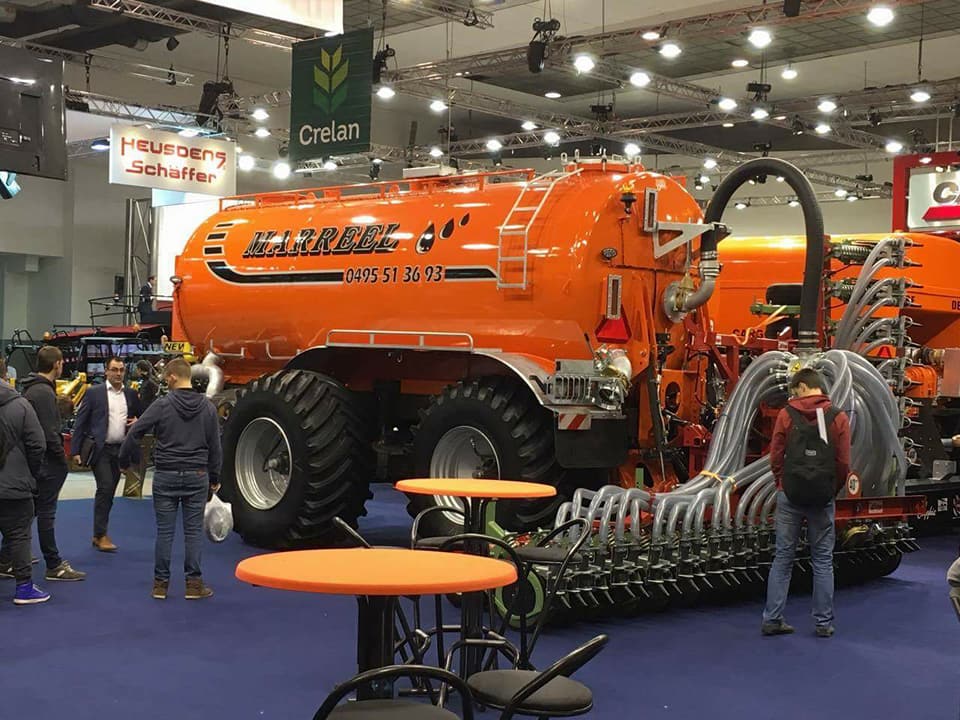This Belgian-built slurry tanker (see main picture) – from Dezeure / Loonwerken Marreel – popped up at a recent European farm machinery show.
It’s especially noteworthy for its ‘telescopic’ axle, which enables the ‘track width’ of its front axle to be altered.
Of course, the notion of a machine with an adjustable ‘track width’ is not new or unique. There are, for example, numerous self-propelled sprayers that employ this very concept.
There are countless other self-propelled ‘carrier’ or ‘systems’ vehicles that can manage all manner of engineering dexterity, when it comes to spreading their weight across as large a footprint as possible.
But it’s not a fitment that we’ve seen too often – as yet – on a tractor-drawn slurry tanker.
Will such an approach prove popular? Or is it adding unnecessary complexity to what is otherwise a ‘straightforward’ machine?
Indeed, will one or more of the many tanker manufacturers here on the island of Ireland embrace such a move?
Elsewhere, we’re already familiar with (single-axle) tankers that have an axle that can shift forward or back along the chassis. In that case, the intention is to enable more weight to be shifted onto the tractor’s back wheels – to improve traction. This is achieved by shunting the tanker’s axle further back along the barrel.
Conversely, if tight gaps or awkward corners need to be routinely negotiated, the operator might prefer to have the axle further forward – to make the whole outfit more manoeuvrable.
The facility to mount a tanker’s axle in different locations along its length also ensures that ‘optimum’ weight transfer can be achieved in different scenarios – for example in the case of a tanker that may or may not be coupled to a heavy injector (depending on the task at hand).



